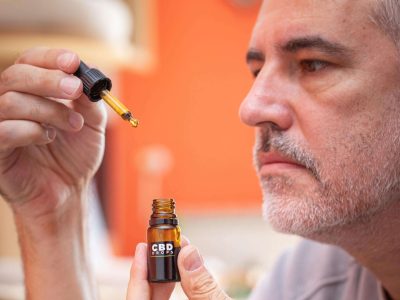There is a pressing need for easy access to dermatology professionals in the Philippines, and several factors can contribute to the shortage. First, dermatologists need to have a Doctor of Medicine degree. This degree must be obtained from an accredited medical school. Besides that, they should also have strong communication and problem-solving skills. They should also be able to provide effective treatments for patients.
A lack of accessibility to dermatology professionals can limit the number of procedures performed. For example, consultations are typically conducted with a minimal exchange of professional expertise and lack the necessary communication between doctor and patient. Therefore, accessible dermatology professionals are critical to the health of the Filipino public. Thus, the government must prioritize dermatology professionals who are readily available to the public. Lastly, dermatologists must provide quality patient care to have confidence in their diagnosis.
Getting a dermatologist degree is not difficult. Various educational institutes in the Philippines offer certificate programs in dermatology. A physician must complete four years of medical school and pass major examinations before becoming a licensed dermatologist. There are also dermatology fellowships, which take one to two years. Upon graduation, the dermatologist will be eligible to join the International Society of Dermatology.
Impact of telemedicine on providers
Telemedicine is already helping healthcare providers in the Philippines to reach underserved areas. The recent outbreak of COVID-19 has further highlighted the need for effective telemedicine. Health facilities have already been operating at full capacity, but the growing pandemic has resulted in more people seeking medical attention. Telemedicine helps these providers by providing them with access to specialists and health records stored in the cloud. By using telemedicine, doctors can perform routine medical checks even without visiting hospital premises.
There are some barriers to telemedicine adoption in the Philippines. The lack of clear government policy has limited the growth of technology. Although there have been a few public sector initiatives, they were small in scale and treated as tangential services. Furthermore, private sector investment in telemedicine in the Philippines has never reached its scale.
Are you searching for the best dermatologist in Makati, or you’re looking for an easy-access dermatologist in Cebu?
Feel free to explore and learn more about how telemedicine can help you as you check out Nowserving PH!








Comments